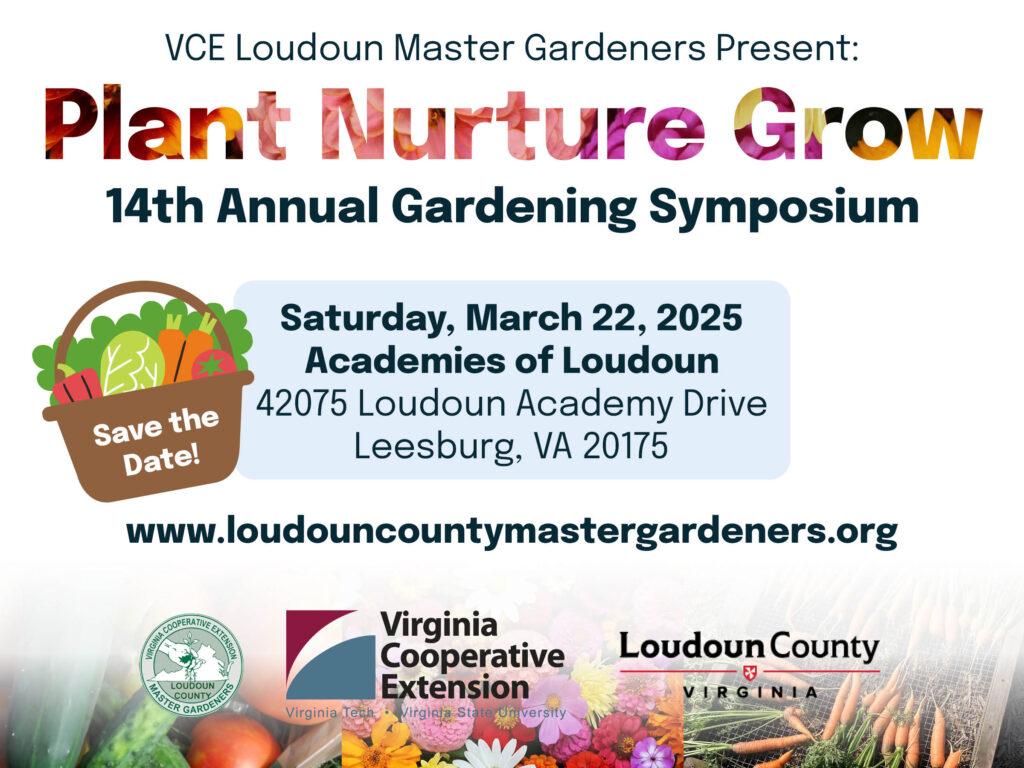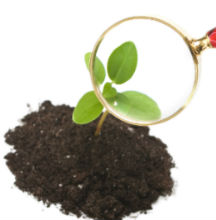The pumpkin patch has already been whitened by frost this year. Hopefully you were lucky enough to get all of your summer vegetables out of the garden before it happened. If not, remember all of those frosted summer vegetables do make a great addition to the compost pile.
For the true 3 season vegetable gardener who had the forethought to plant a fall-winter vegetable garden, harvesting of these cold tolerant vegetables is now happening allowing a fantastic reprieve from grocery store produce. Don’t forget and leave your hard work in the garden! Vegetables in the garden now will grow much slower than in the springtime as the daylight and temperature continue to decrease daily.
Many cold tolerant vegetables will actually taste better after a few light frosts. Cauliflower and Brussels sprouts are especially tasty after they get hit with a few light frosts. Lettuces, Swiss chard, turnips, spinach and broccoli will survive a few light frosts but should be protected come late October with frost blankets or heavy mulch as they will not take temperatures below 30 degrees. Brussels sprouts, cabbage, kale and collard greens will survive temperatures to the low 20’s and do not require anything for the next month beyond some light mulch. All vegetables will stop growing after November 15th. If you want to keep your greens and have another early spring harvest next year, overwinter the plants in the beds until they resume growth next February. Protect them at the end of October by mulching heavily (6- 8 inches) or by erecting mini-hoop houses made of 4 mil plastic supported by PVC or wire supports. The really cold weather usually sets-in in late November/early December. Until this time keep plants watered and vent them, if under plastic, on warm, sunny days during mid-fall.
The glorious days of fall are the perfect time to get serious about garden cleanup. Garden debris left behind will harbor both pests and disease. Your compost bin can take most garden debris but anything which is diseased harbors large amounts of undesirable garden pests or weed seeds and may not be killed by household composting bins. These should be bagged and put in the household trash. Put garden hardscape items like trellises, containers, cages and supports in a protected area to extend the life of the item.
Once your garden has been cleaned up it is time to start contemplating fall amendments to the garden soil as well as a garden bed “cover.” Start collecting leaves, straw or other materials to cover your beds during the winter. We will include amendments and covering your beds in next week’s article.




